A comparator is a precision instrument used to compare the Dimensions of a given working component with the actual working standard. There are different types of comparators are available. In this article, we are going to discuss the Electrical comparators and Electronic Comparators.
Electrical comparators convert the linear movement of the plunger into electrical signals and these signals further calibrated with the help of Galvanometer on to the graduated scale.
Whereas Electronic comparators are used frequency modulation as the magnification system and projected it on the meter.
Let’s see the construction and working principle of each one individually…
Electrical comparators construction and Working Principle
In electrical comparator, we use a Wheatstone bridge circuit to incorporate the galvanometer.
What is Whetstone bridge? 
A device used to measure the unknown resistance. The construction of Whetstone is quite simple. there is two series set of resistance connected parallelly and a voltmeter is connected in between them. Simply we can say two legs of resistance. In which one leg consists of the unknown resistor, that has to be calibrated. but this circuit structure will act as an actuator(Galvanometer) in this electrical comparators.
Ok that’s may be enough, for now, to be continued to the actual topic…
With the whetstone bridge circuit, we will incorporate the galvanometer.
An armature is supported on the thin steel strip and is placed in between the two coils A and B.(as shown in below diagram)
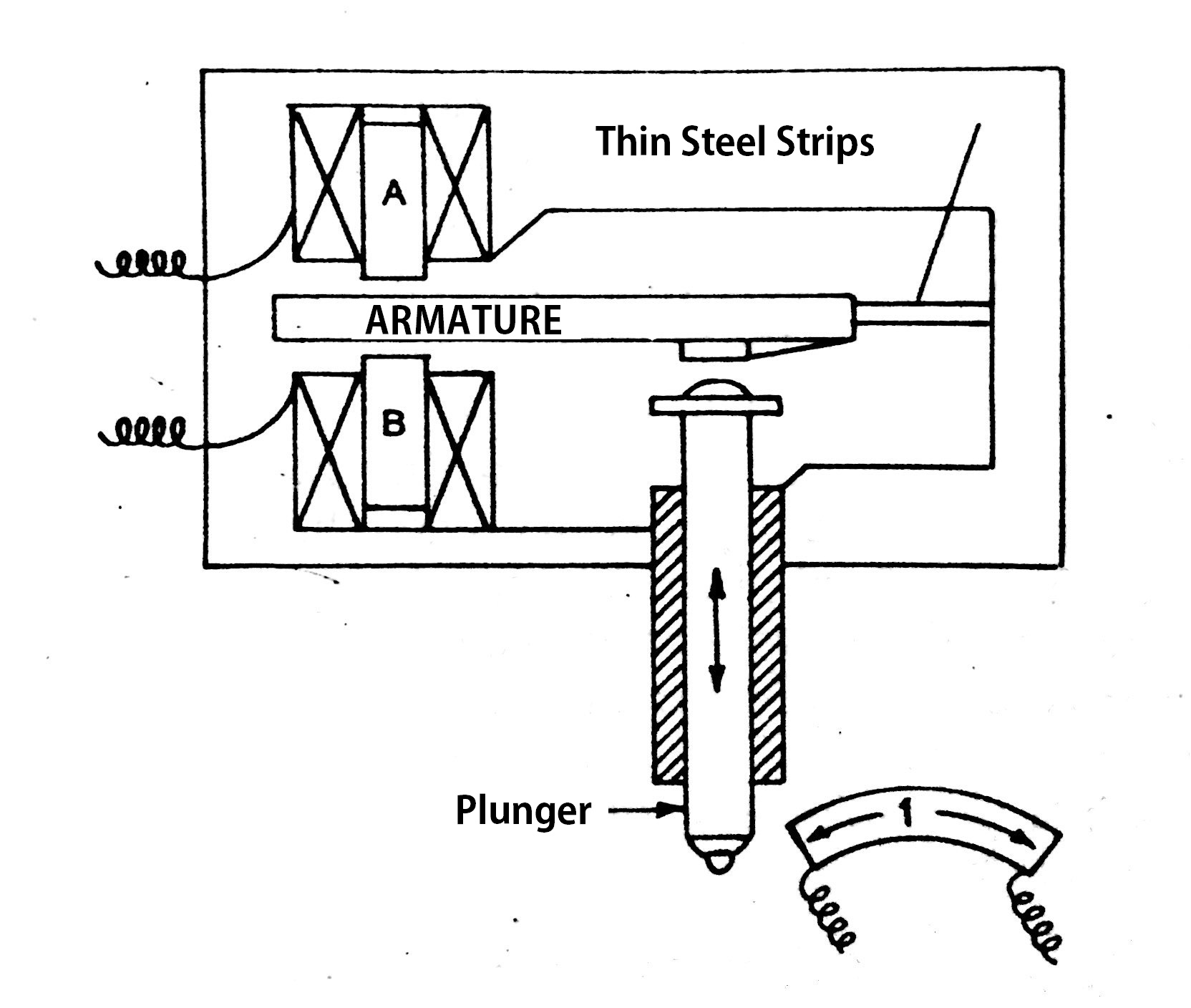
When the armature is at its centre position that means, it will have equal distance from both coils A and B, then there will be no current passing thru the whetstone bridge galvanometer.
The galvanometer is an actuator to produce a rotary movement of the pointer (deflection ) with respect to electric current passing thru it
A plunger has captured the movement as the measuring tip and passes this movement to the thin steel strip.
Now the Armature will be unbalanced and the electric current will be passing thru it. It will be shown as the deflection with the help of galvanometer.
Very high magnification possible with these electrical comparators.
Electronic Comparators Construction and Working Principle
As we mentioned above these comparators uses frequency modulation and calibrate and projected it to the scale.
A radio osscilator is used to impulse a definitive value at a definitive frequency.
The working principle of this electronic comparators is something similar to the electrical comparators. but in electrical we use galvanometer as the magnifying system, in electronic comparators, we will use frequency modulation as the magnifying system.
apart from the magnifying systems remaining are the same similar (Working Principle and construction)
Anyway, we will see how it works in electronic comparators.
- The components in electronic comparator are transducer, oscillator, amplifier, demodulator, meter.
- The plunger is connected to the transducer, (Transducer will convert any movement into the electric signal)
- An oscillator is connected to the transducer and receives an electrical signal from the transducer.
- This electrical signal is converted into frequency waves by adding carrier frequency. This is called modulation.
- Now the frequency waves enter into an amplifier which will amplify the frequency waves into the required level.
- This amplified frequency waves enter into demodulator, it will convert the modulated waves into original waves and it is finally shown in the meter as the measurement. See the following network diagram. It will help you to understand better.
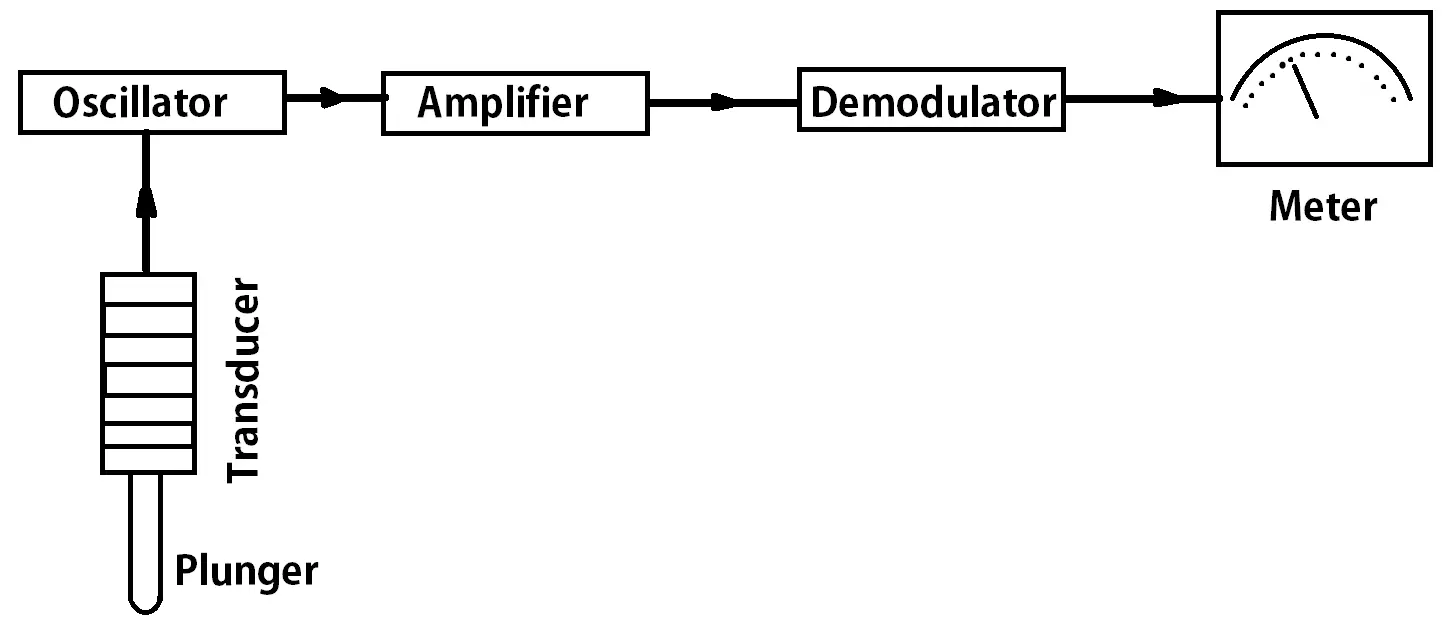
Advantages of Electrical and electronic Comparators
- Very high magnification possible with these electrical comparators.
- Less number of moving parts.
- More sensitive towards vibrations.
- The instrument is very compact in design.
Disadvantages of Electrical and electronic Comparators
- Quite expensive compared to the mechanical comparator
- An external source of energy is required
- Due to the heating coils, the accuracy will be affected.
Read other types of comparators
P.C.: Metrology By M.Mahajan
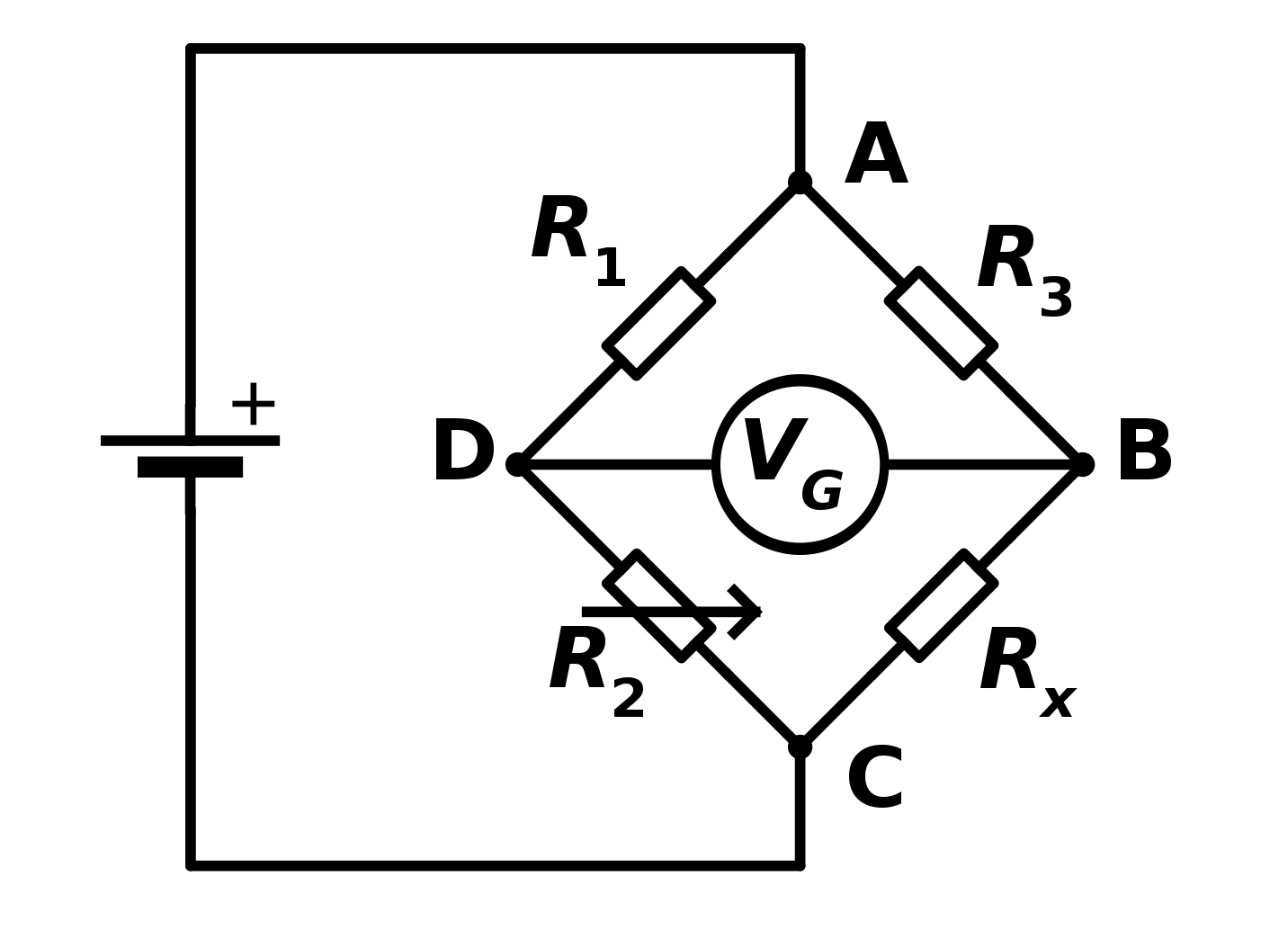
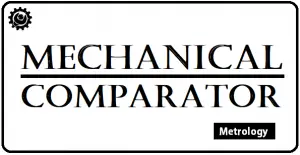
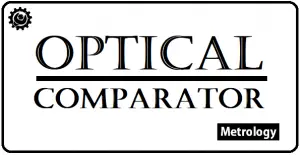

Leave a Reply